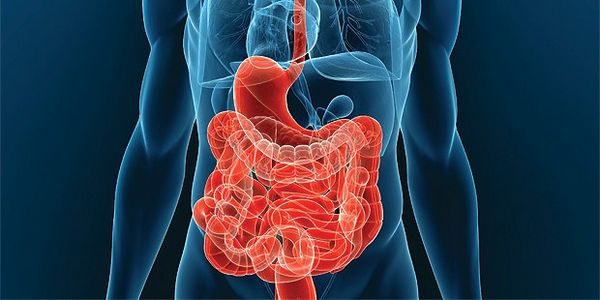Esophagitis – treatment of disease. Symptoms and prevention of the disease Esophagitis

Esophagitis – What is this disease? Esophagitis is an inflammatory disease of the esophagus, which develops under the influence of different factors.
The main manifestations of the disease are dysphagia (difficulty in eating), discomfort and burning sensation in the chest, sudden and severe pain in the sternum, that may increase (or occur) when swallowing.
Esophagitis – The cause of the
Esophagitis can occur for the following reasons:
- chemical and thermal burns of the esophagus;
- gastric ulcer and duodenal ulcer;
- presence of foreign bodies in esophagus;
- excess weight;
- errors in nutrition, in particular, excessive intake of fried and spicy foods;
- overindulgence in alcoholic beverages;
- gastric disease;
- gastritis;
- hiatal hernia;
- disease, After operations on the stomach;
- Zollinger-Ellison;
- cholecystitis;
- pancreatitis;
- cholelithiasis;
- the presence of cancer in gastrointestinal tract;
- mucosal injury when conducting medical manipulations.
The symptoms of esophagitis
The main symptoms of esophagitis are difficulties (or pain) when swallowing. Patient worried about burning sensation behind the breastbone, sometimes foreign body sensation behind the breastbone. Also esophagitis accompanied by belch, toshnotoy, vomiting and other symptoms.
Esophagitis – Diagnostics
Diagnosis of esophagitis includes analysis of the complaints of the patient and medical history, as well as the holding of laboratory and instrumental Diagnostics methods.
If you need to include esophagitis laboratory and instrumental examination methods:
- general blood analysis;
- product test acid;
- fibrojezofagogastroduodenoskopija (UPPER);
- impedance-pH-Metry;
- research on the presence of Helicobacter pylori infection;
- ultrasound examination of abdominal cavity organs;
- radiography;
- CT scan;
- other research methods (installs doctor on the basis of the specific situation).
Esophagitis – Classification
By the nature of currents can be acute esophagitis and chronic. Acute esophagitis occurs when there is a strong impact of any aggressive factor on mucous membrane of esophagus. In chronic esophagitis negative factor operates a long-term, but in smaller quantities, than in acute form of the disease. Also chronic esophagitis may develop after acute esophagitis, If you treat it correctly.
On character changes of esophagus esophagitis happens catarrhal, swollen, jerozivnym, haemorrhagic, psevdomembranoznym, Ulcerative or flegmonoznym.
Also secrete and the following forms of esophagitis:
- alimentary-fueled by hot and spicy food, as well as strong spirits;
- Professional-develops under the influence of harmful factors of productive;
- stagnant-develops due to irritation of the esophagus food rests, that can linger in divertikulah;
- Allergic-develops food allergies;
- infection-occurs against the backdrop of bacterial and viral infections.
Esophagitis – Actions of the patient
The patient should follow all the doctor's recommendations regarding the treatment of the disease.
Esophagitis – Treatment of esophagitis
Non-pharmacological therapy esophagitis boils down to the following activities:
- the patient should sleep on a high pillow;
- After eating, you must walk 30-60 minutes;
- You cannot tighten the belt tight;
- contraindicated exercises for training abdominals;
- It is necessary to adhere to the rational and balanced nutrition;
- the exception of overeating.
Drug treatment of esophagitis is confined to the admission of antacids, Proton pump inhibitors and prokinetichekih drugs.
If conservative treatment does not bring the desired result, the patient is assigned to surgical treatment.
Esophagitis – Complications
Esophagitis can be complicated following States:
- formation of cicatricial esophageal contractions;
- ulceration of the esophagus;
- Mallory-Weiss Syndrome;
- esophageal perforation;
- bleeding from mucosal erosions of the esophagus;
- esophagus Barrett;
- inhalation pneumonia;
- Phlegmon wall of the esophagus.
Prevention of esophagitis
Esophagitis prophylaxis is reduced to a rational and balanced diet, rejection of smoking and excessive use of alcohol. Adequate exercise, and regular medical examination (in particular, endoscopy) can significantly reduce the likelihood of esophagitis.
